William Hillman, sewing machines, bicycles and cars
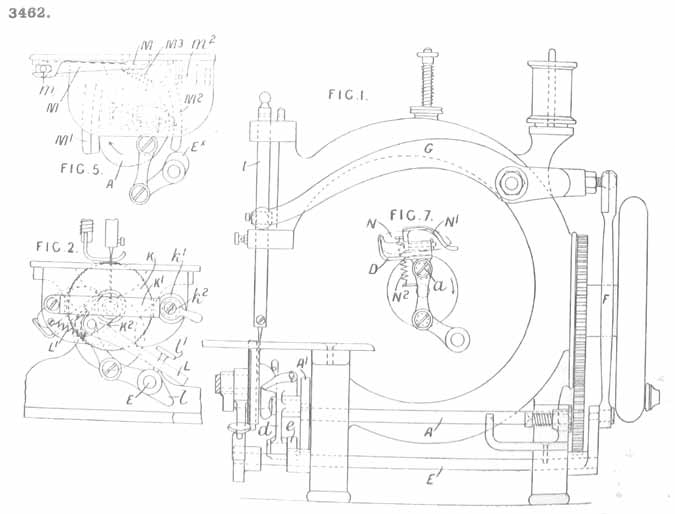
Fig. 1: William Hillman's patent drawing of 5th October 1875, No. 3462. The drawing shows two feed mechanisms,- a wheel feed for 'heavy work' and a 4-motion feed for general use. I have not seen the wheel feed variant and I find it difficult to believe such a small hand machine was capable of 'heavy work'.

Fig. 2: the 'Little Maid' for Rimington, Bell & Co. looking glamorous in gold decalomania (Geoff Dickens)
William Hillman was born on November 13th 1848 in Stratford, Essex (now East London). He served an apprenticeship at John Penn's famous marine steam engine works in Greenwich. James Starley was John Penn's gardener and it is probable that the two mechanics met at this time.
Through Penn, James Starley moved to Newton Wilson's sewing machine works where he was joined by William Hillman and George Singer, another ex-Penn apprentice. By 1863 a group of Newton Wilson employees including Newton Wilson's manager, Josiah Turner, Starley, Hillman and Singer had moved to Coventry to found the Coventry Sewing Machine Company (later the Coventry Machinists' Company). Both Hillman and Starley were styled as 'Foremen' at this time.
Around 1870, both left the Coventry Machinists' Co. to manufacture sewing machines and, later, bicycles on their own as Smith & Starley at a works in St. John's Street, Coventry. Starley and Hillman patented the 'Ariel' bicycle, an 'ordinary' (penny-farthing) bicycle with wire-spoked wheels. William Hillman left Smith & Starley in 1872 to set out on his own, marrying his sweetheart, Fanny Moreton Brockes in the following year. He continued to develop both sewing machine and bicycle ideas culminating in his sole patent for a sewing machine on 5th October 1875 (No. 3462).
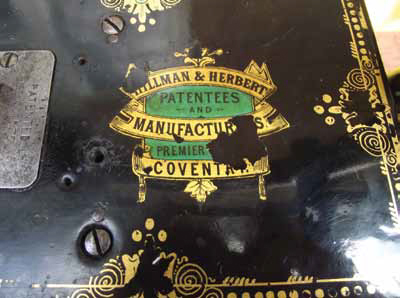
Fig. 6: the logo of Hillman & Herbert, Premier works, Coventry.
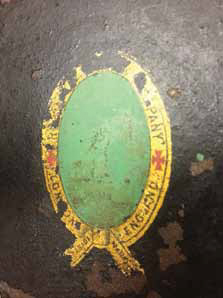
Fig. 3: the decoration on the clothplate of the 'Little Maid' (Harry Berzack)
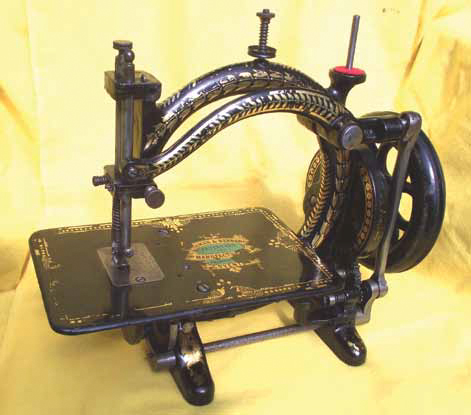
Fig 4: Front view of the Hillman machine carrying the 'Hillman & Herbert' name.
To manufacture his new sewing machine the company of Hillman & Herbert was set up in the Premier Works, Coventry early in 1876. Hillman & Herbert advertised that they made sewing machines, roller skates (then very popular) and bicycles. Hillman was the practical mechanic whilst William Henry Herbert provided the financial backing. W. H. Herbert was the brother of Alfred Herbert, the largest machine tool manufacturer in Coventry. Further financial backing came with George Beverley Cooper, a London entrepreneur, joining the company in 1880. Under the Hillman, Herbert & Cooper banner the 'Premier Cycle Co.' claimed, for a short time, to be the world's largest maker of cycles. The name was changed to the Premier Cycle Company Ltd. In 1891.
William Hillman had not yet run out of ideas. In 1887, long after the demise of his sewing machines, along with George Sumner, he formed the Auto Machinery Company to pioneer the production of ball bearings for cycles and, as the new century dawned, he branched out into motor cars. He formed the Hillman-Coatalen Motor Co. in 1907 by luring Louis Hervé Coatalen from the Humber Motor Co. Louis Coatalen was one of the best known motor engineers of the Edwardian era and his first car for Hillman carried a large, four-seat open body on a chassis with a 9.76 litre six cylinder engine. It cost £298! Coatalen left the company in 1910 to join Sunbeam, leaving Hillman in sole charge of what became the Hillman Motor Co.
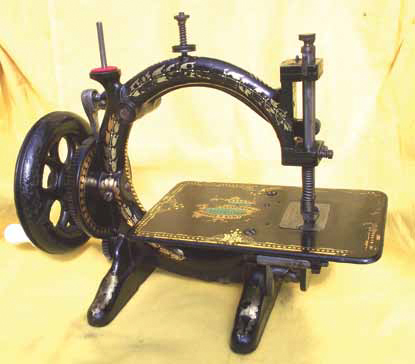
Fig. 5: Back view of the Hillman machine carrying the 'Hillman & Herbert' name.
The subsequent smaller Hillman cars were successful so that, when William Hillman died on February 4th 1921 at his residence, Keresley Hall, outside Coventry, he was a man of property.
Sadly, the Hillman Motor Co. did not survive the depression of the interwar years, becoming part of the Rootes Group which survived into the 1960s.
William Hillman's sewing machine was a small domestic shuttle lockstitch machine competing against other small domestic machines such as the Royal S. M. Co 'Shakespear' and Joseph Harris's 'Challenge' in the Birmingham area.
His patent claimed that, as both shuttle and needle were driven from the same crank on the main shaft, it was impossible for them to get out of step with each other, or to assemble the machine with them out of step. I do not know whether Hillman & Herbert made the machine themselves or whether they bought it in from one of the Birmingham area manufacturers.
One version of the machine was called the 'Little Maid' and sold by an agent, Rimington, Bell & Company of London, The trade mark shows a hand gripping a broken arrow with the Latin inscription 'potius ingenio quam vi' ('rather by skill than by force'). These machines do not carry serial numbers. I presume the 'Little Maid' cost 4 guineas as did all the competition (I have not come across any advertisements or other ephemera relating to it).
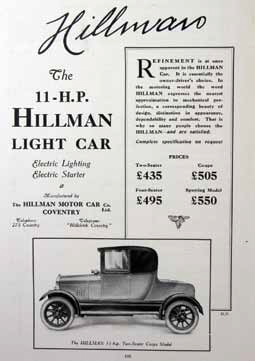
Fig. 8 An advertisement for the Hillman car c.1920.
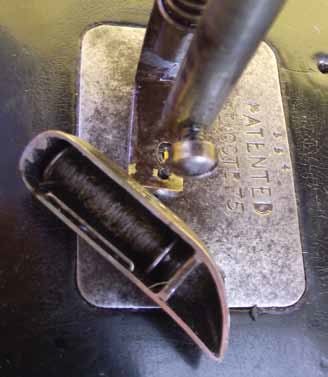
Fig. 7: the needle plate showing Hillman's patent date and the serial number. The shuttle is of pressed steel and was probably bought in from Bown or some other Birmingham manufacturer.
Other examples of the machines carry transfers for Hillman & Herbert but no name. One of the latter has a cast iron cover for the large gear wheel. The boat-type shuttle moves in an elliptical path similar to William Taylor's machines and the Nussey & Pilling 'Little Stranger'. Some machines do not appear to be numbered (only 3-figure numbers have been found) but all carry Hillman's patent date on the needle plate. I doubt if many were made as only

Fig. 9: another Hillman with flanges covering both side of the main gear wheel. The decoration of the cloth plate is also different and it carries no maker's or agent's marks.






